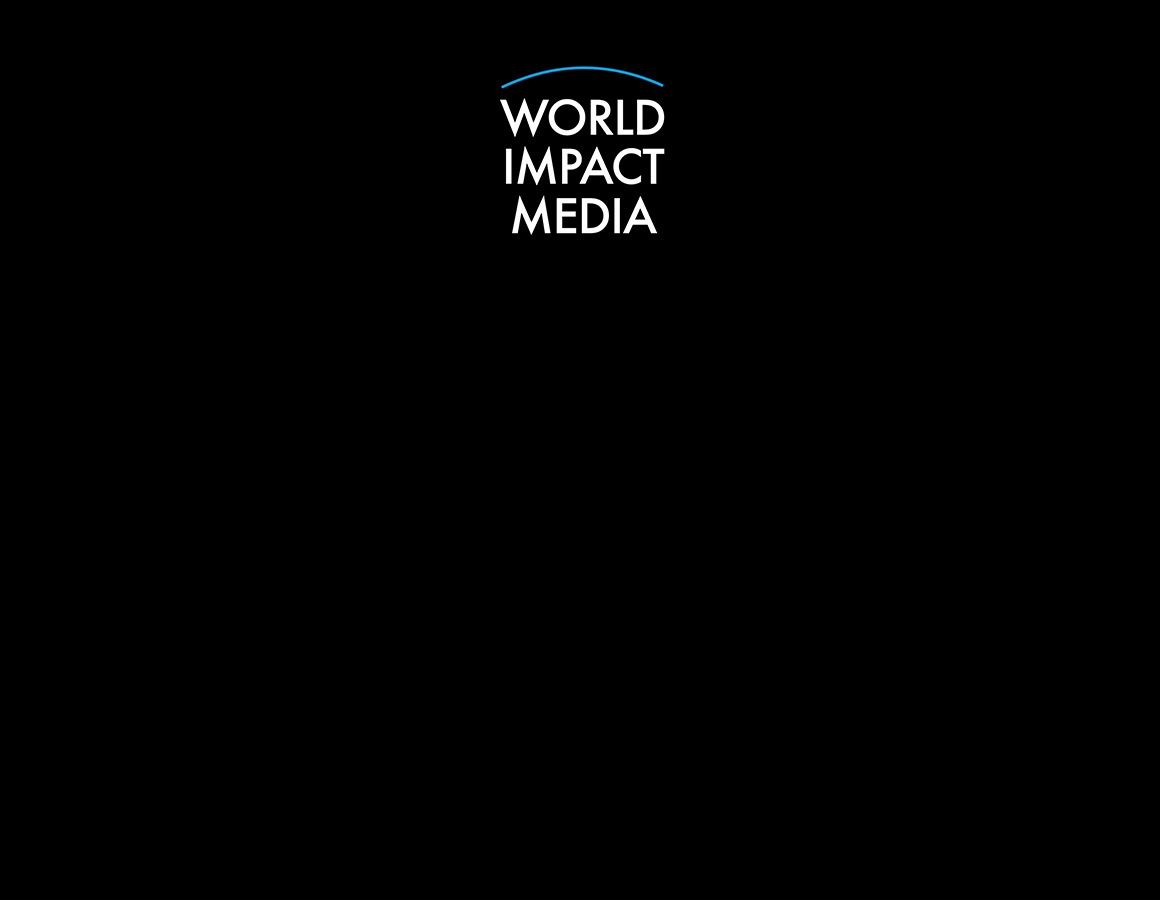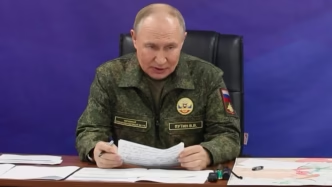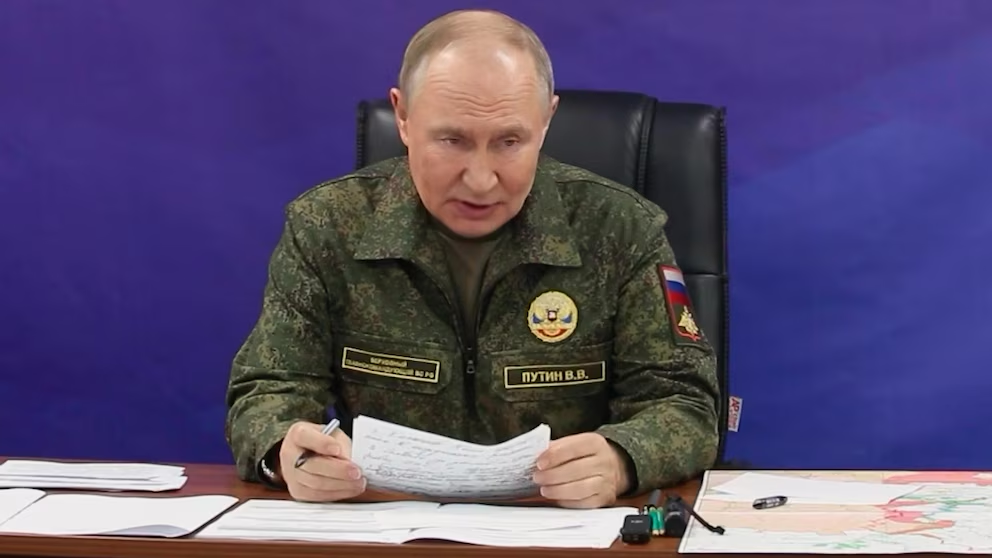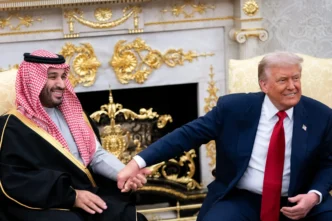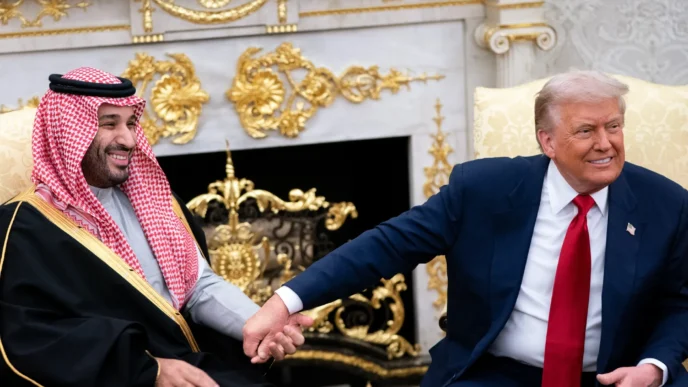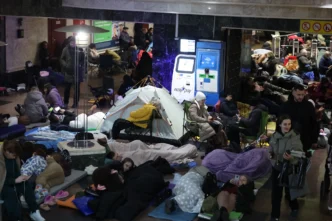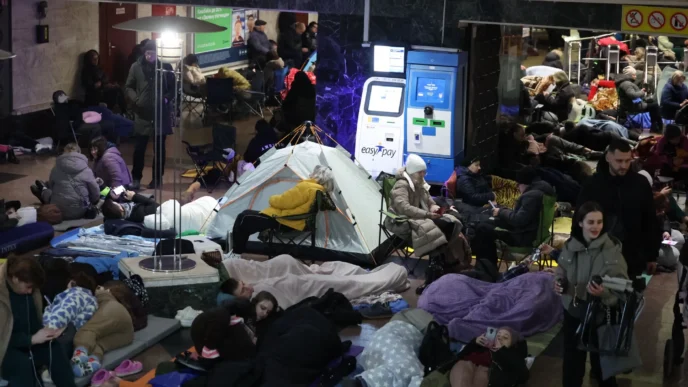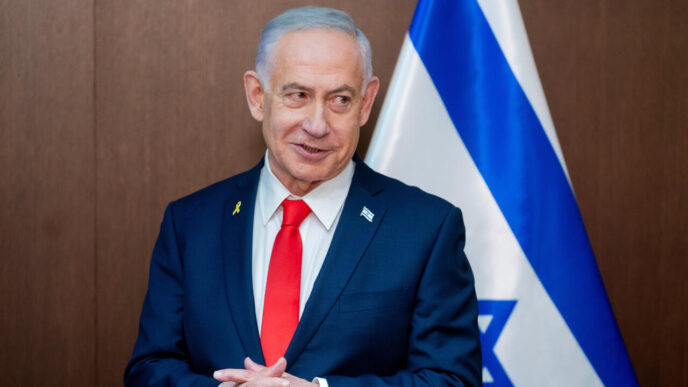Nearly three years into the war in Ukraine, a question dominates financial capitals from Washington to Beijing: how long can Russia’s economy continue funding a high-intensity war? Despite unprecedented Western sanctions and isolation from global financial systems, the Russian economy has refused to collapse. Instead, it has transformed—shifting from energy-driven capitalism to a centralized war economy.
However, new data suggests that Russia is entering a critical economic crossroads. The Kremlin can continue funding the war—but only at the cost of accelerating long-term economic damage and risking internal instability if energy markets shift or war fatigue deepens.
War Spending Reaches Soviet-Level Intensity
Russia is now spending up to 40% of its federal budget on defense and security, according to the Russian Finance Ministry. War-related expenditures will exceed $150 billion in 2025, three times pre-war levels. Military production runs 24/7, and entire factories have been absorbed into the war supply chain.
| Year | Defense Spending | Share of GDP | Status |
|---|---|---|---|
| 2021 | $65 billion | 3.8% | Pre-war |
| 2023 | $109 billion | 6.7% | War buildup |
| 2024 | $130 billion | 7.5% | Mobilization economy |
| 2025 (proj.) | $150+ billion | 8–10% | Full war economy |
This level of militarization has not been seen since the late Soviet Union. Economists warn that such spending cannot be maintained indefinitely without severe structural costs.
Why Russia Hasn’t Collapsed Yet
Western sanctions targeted banking, technology, and energy exports with the belief that economic collapse would weaken Moscow’s war machine. That did not happen—and here’s why:
1. Oil Lifeline Remains Intact
Despite a G7 oil price cap, Russia keeps selling crude to India, China, Turkey, and Africa, using a “shadow fleet” of tankers.
- Energy exports still bring in over $600 million per day.
- Russia’s oil revenue rebounded 41% in 2024 thanks to higher global prices.
2. Import Substitution From Asia
When the West stopped exports of machinery, chips, and components, Beijing stepped in. China now supplies:
- 80% of Russia’s imported military microchips
- 70% of machine tools
- Most commercial drones used in Ukraine
3. Military Keynesianism
Russia is using war production as a stimulus strategy. Factories have reopened, unemployment is at a record low (2.8%), and wages are rising—because men are either fighting or producing weapons.
4. Financial Controls Prevent Panic
Putin imposed strict capital controls, restricting foreign currency transfers and stabilizing the ruble by force. Critics call it financial repression, the Kremlin calls it “sovereign economic security.”
Cracks Are Now Appearing
While Russia has survived sanctions, its economy is beginning to strain:
| Warning Sign | Evidence |
|---|---|
| Inflation Rising | Above 8%, driven by military salaries and state spending |
| Labor Shortages | 1+ million workers drafted or emigrated |
| Budget Deficit Growing | Projected at 6% of GDP in 2025 |
| Ruble Instability | Artificially maintained, under real pressure |
| Tech and Chips Shortage | Dependent on Chinese supply risk |
| Industrial Overheating | Factories strained by nonstop production |
Russia is entering a “sustainability danger zone”—it can still fund the war, but only by mortgaging its future economy.
Can Russia Afford to Lose?
Putin is betting on a war of exhaustion. He believes:
- Western financial support for Ukraine will weaken with time
- European political divisions will block long-term aid
- Trump or other U.S. shifts will end unlimited funding to Kyiv
- Russia can out-produce Ukraine 5 to 1 in artillery
- China will quietly support Russian reindustrialization
From Moscow’s perspective, time is a weapon—and the clock is ticking in its favor.
The Real Countdown: How Long Can Russia Sustain This?
Based on available financial data:
| Scenario | War Duration Funding Capability |
|---|---|
| High oil prices + China trade stable | 3–5 more years |
| Oil price drops below $60 | 18–24 months |
| China limits dual-use exports | 12–18 months |
| Major Western sanctions tightening | 9–12 months |
| Naval blockade of shadow oil fleet | 6–9 months |
In short: Russia can continue funding the war for years—but not without economic cost and increased geopolitical risks.
Conclusion: Russia Can Pay for War—But Not Peace
Paradoxically, the longer the war goes on, the harder it will be for Russia to return to a normal economy. Domestic living standards will fall, inflation will rise, and dependency on China will increase. Russia can afford war today—but not tomorrow.
The Kremlin will continue betting on oil resilience and Western fatigue. But sooner or later, Russia will face a brutal financial question:
How long can you fund a war that has no finish line?
